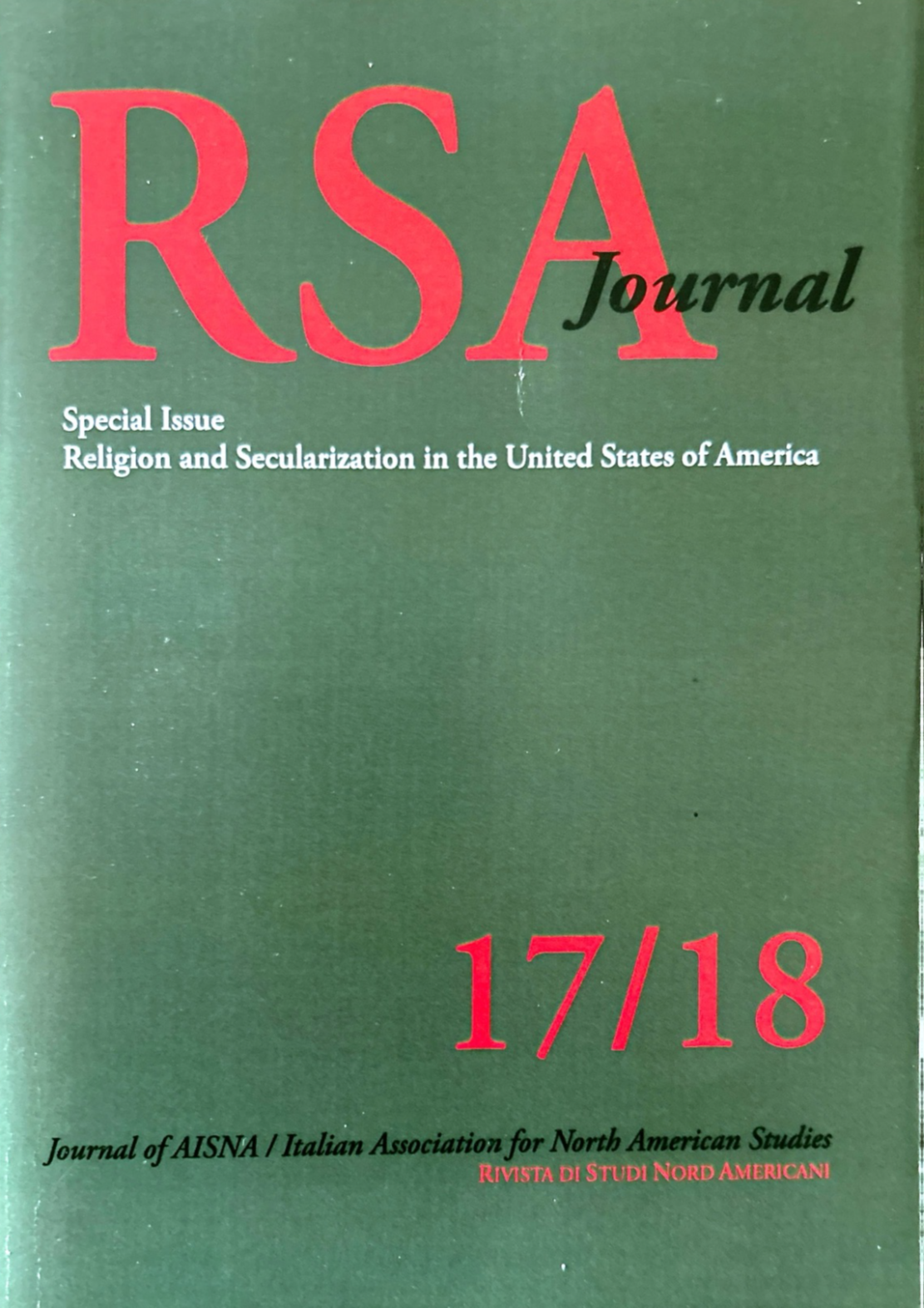The Supreme Court and the Religion Clauses of the First Amendment
Trials and Tribulations in Constitutional Interpretation
DOI:
https://doi.org/10.13135/1592-4467/8792Keywords:
supreme court, establishment clause, religion clause, the first amendmentAbstract
The case law interpreting the religious clauses of the First Amendment of the Constitution is extremely complex and not always coherent. This paper will try to draw an essential “map” of the decisions of the Supreme Court of the United States in order to focus on issues, problems and solutions comparable to the ones that are relevant in the Italian legal system. After a very brief historical introduction, in the second part I will describe the most important cases on the Establishment Clause distinguishing several subjects areas: Access to school facilities on part of religious organizations; Religious symbols on public spaces; Prayer before a school sport event; Prayer at school; Curricula; Funding of religious schools. In the third part, following a schematic overview of the problems related to the interpretation of the Free Exercise Clause, I will describe the most relevant cases before 1960 and the recent developments. Part four will underline that the Warren Court – to a large extent followed by the Burger Court – offered a wide range interpretation of both the Establishment and the Free Exercise Clauses, while a change occurred during the years of Chief Justice Rehnquist. In part five I will observe that year 2005 is a significant one. In fact, President Bush (who had not had the possibility to fill any vacancy during his first term) appointed two new Justices. Chief Justice Roberts has been called to the chair that had belonged for a long time to Rehnquist, and Justice O’Connor (whose vote had always been decisive in matters of relationship between state and church) is replaced by Justice Alito. The importance of 2005 also emerges with relation to the religious clauses of the First Amendment. Evidence shows that, although the most conservative members of the Republican Party have been trying to influence the interpretation of both clauses, they have not always succeeded in their intent. Finally, I will briefly analyze Gonzales v. O Centro, an important case on religious freedom, decided in 2006 by the new court.
Downloads
Published
Issue
Section
License
RSAJournal will apply a CC BY 4.0 license to all its contributions starting with issue 37 (2026). Previous issues are licensed under a CC BY-NC-ND licence.





